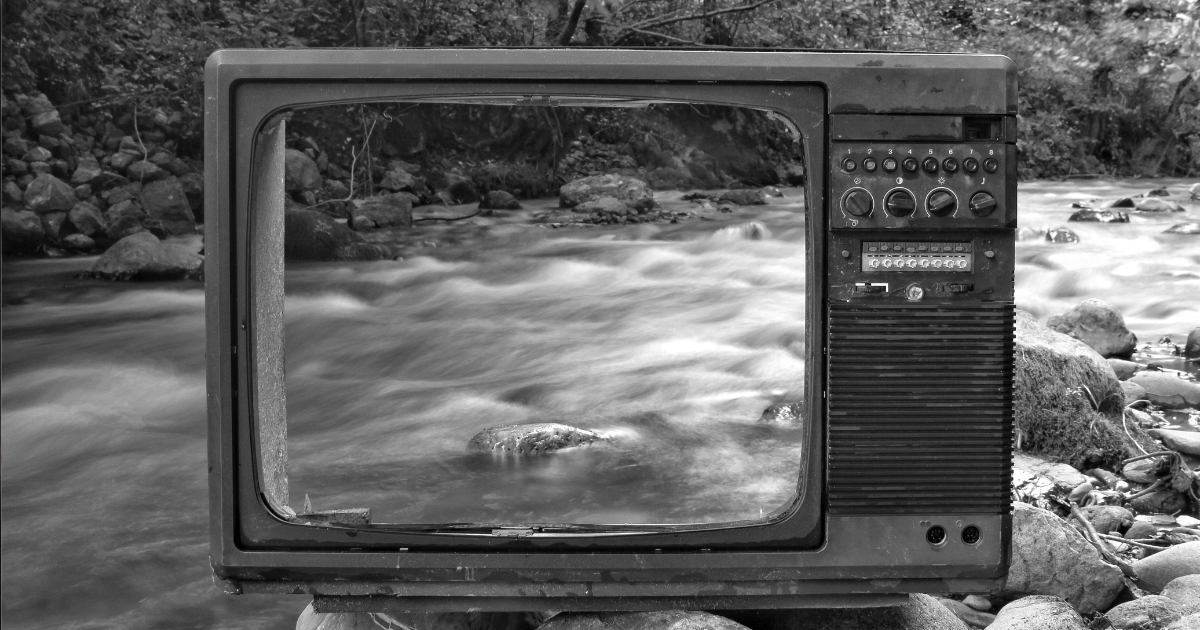For decades, the leadership of the world’s largest brand advertisers were convinced their media execution simply followed their media strategy. However, recent technological advancements have unearthed a long tail of mistakes in ways digital campaigns are set up, resulting in media execution diverging from strategy in alarming ways.
Today, the aggregate impact of correcting this divergence is the biggest lever companies can pull to drive profits. In other words, the tedious and underappreciated area of “execution” is now rising to become the most “strategic.”

The job’s not over with media strategy
As a marketing executive, imagine that your Fortune 500 company finally has mastered the ultimate digital media strategy after a rigorous and strategic process. Your team has meticulously aligned measurable goals with business objectives, conducted thorough audience research, and pinpointed the most effective digital channels.
The content strategy is aligned with the audience interests and business goals, and the tone and messaging hit the right spots. Key performance indicators (KPIs) are directly linked to the bottom line. With a top media house at the helm, working seamlessly with your internal team, it might seem your work is done. Think again!
The growing importance of campaign setup governance is making media heads worldwide aware of the big divide between media strategy and media execution. Discovering that the strategy set out in PowerPoint and distributed across regions often wildly differs to what is delivered is unsettling. However, brands can no longer ignore this reality. It’s impossible to unsee this data.

The need to look earlier
For years, companies focused on campaign performance metrics. Companies celebrated improvements in cost per thousand impressions (CPMs), creating content that increased clickthrough rates (CTRs) and reduced costs per click (CPCs) to justify high-ROI ad investments.
What did we all miss while tracking these indicators? We never looked at the root causes. We missed major value leaks right at the beginning—the mistakes that could have been corrected even before the campaigns started with proper campaign set-up.
Let’s look at some spectacular examples. Recent research by Adfidence demonstrated the prevalence of the campaign setup mistakes across all major digital platforms. For example, on the Meta platform, 12 percent of ads are missing the frequency cap, effectively undermining the reach and driving some consumers crazy with oversaturation.
Moreover, high costs of delivery are often driven by unnecessary placement limitations (30 percent of ads), and the vast majority of ads are leveraging older-era creatives, too small for the full commercial potential offered by modern mobile phone vertical feed.
In addition, the research found that Google DV360 advertising power is diminished by not excluding sites with user-rewarded content that results in low-quality impressions outside of the core target. It also suffers from the surprisingly prevalent lack of age targeting.
Likewise, Google Ads wins are often wasted with complete lack of remarketing follow-up. A shocking one-third of ads have incomplete creatives. Furthermore, 4 percent of ads are wasted directing the traffic to sites that moved or no longer exist.
Regardless of platform, new discoveries emerge almost monthly—each with alarming consequences. Ads fail to reach their intended audience due to unadjusted language settings, resulting in exposure to tourists, VPN users, or audiences who don’t understand the creative copy. Traffic directed to made-for-advertising sites sinks with barely any consumer response. Video views aimed at Google Search Partners may end up next to content that can lead to consumer boycotts and jeopardize the careers of marketing decision-makers.

The size of the prize for digital advertising
Each major platform boasts dozens of best practices that, when executed the right way, can yield gold. Full compliance is within reach through visibility, daily monitoring and the application of time-tested management techniques. The old-school cycle of “measure, request, review” typically addresses these issues within weeks.
For a typical global company, there is a long tail of mistakes and tiny discrepancies between what was intended and what ended up being put into campaign setup. The aggregate effect can easily reach an equivalent of 20 percent of your total digital budget. The “small things” may together be the biggest lever you can pull to transform your marketing, step-change sales, and boost your global company bottom line. This is why major advertisers are reviewing their advertising settings at scale.
With recent advances in technology, what would take weeks for a one-off manual review prone to human mistakes can be an automated daily process with straightforward measurement against best practices. Proper automation of campaign setup governance can help marketers see exactly the prize they are missing, elevating media execution to become a brand’s most strategic pillar.
FAQs
Q: How do you create a good media strategy?
A: Creating a solid media strategy requires a rigorous, strategic process. Start by aligning measurable goals with your core business objectives. Conduct thorough audience research to pinpoint the most effective digital channels for reaching your target consumers.
Develop a content strategy aligned with audience interests and brand goals, nailing the right tone and messaging. Ensure your key performance indicators directly link to the bottom line.
Work seamlessly with the right partners to bring your well-crafted strategy to life. However, the job is far from over once the strategy is set. Recent technological advancements have exposed a shocking divide between media strategy and actual media execution during the campaign setup phase. Without proper governance, even the most brilliant strategies can go awry.
The next critical step is ensuring your campaigns are set up correctly to align with the strategic vision. Frequent monitoring and adjustments based on time-tested management techniques are essential. Automating this process of campaign setup governance will allow you to identify and fix discrepancies daily before they undermine your efforts. Closing this strategy-execution gap can unlock the biggest profitability lever for driving your company's bottom-line success.
Q: How do you measure the success of digital marketing campaigns?
A: For years, marketers measured campaign success by focusing primarily on performance metrics like cost per thousand impressions (CPMs), clickthrough rates (CTRs), and costs per click (CPCs). While tracking these indicators helped justify high-ROI ad investments, we missed a crucial piece of the puzzle - the root causes of performance shortfalls originating from the campaign setup phase.
Recent research has exposed glaring mistakes in how campaigns get configured across all major digital platforms. Issues like missing frequency caps, unnecessary placement limitations, outdated ad sizes, lack of audience targeting, and incomplete ad elements severely undermine performance before campaigns even launch.
To truly measure digital marketing success, you must move upstream and assess the fidelity of your media execution to the original strategy. Did the setup precisely translate your targeting parameters, channel selections, creative guidance, and other core strategic elements? Even seemingly small setup discrepancies can compound into major value leaks.
Advances in marketing intelligence technology now allow for automated daily monitoring of your live campaigns against hundreds of best practice setup rules. This rigorous campaign governance provides full visibility into issues undermining performance and exposes the precise size of the strategy-execution divide suppressing results.
Only by continuously measuring and eliminating this divide can you unlock the biggest profitability lever in marketing - full translation of your brilliant strategies into flawless digital execution. Comprehensive setup auditing and remediation is the critical new frontier for accurately measuring and optimizing the success of your digital marketing investment.



